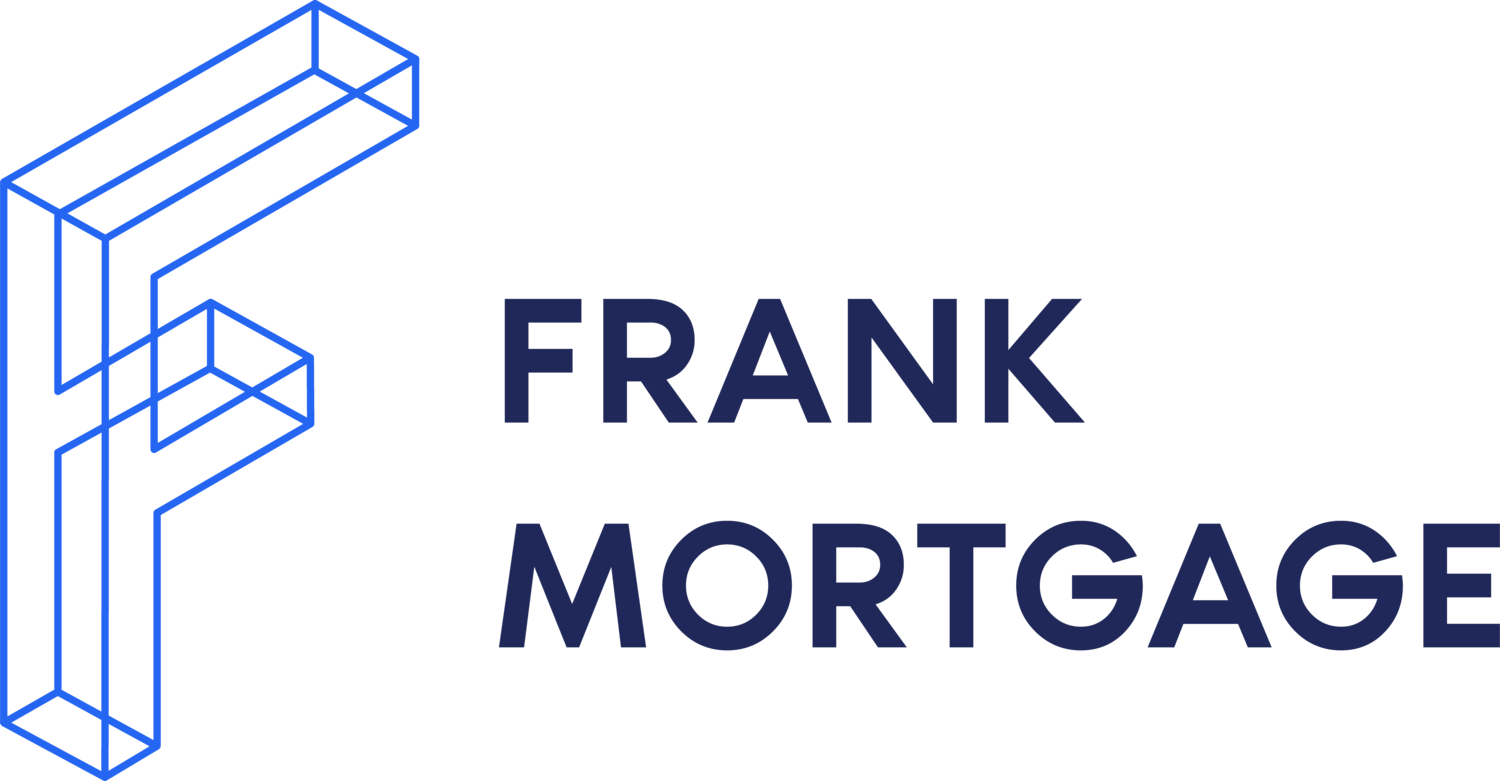Unlocking Your Home's Value for Retirement
Exploring Cash-Out Options
Introduction
As retirement approaches, many individuals find themselves seeking ways to supplement their income. One untapped resource that retirees often have is their home equity. Having made your mortgage payments over time you have built up equity in your home. Add to that the increase in home prices over time and many retirees have significant home equity that can benefit them in retirement.
We discuss here four potential alternatives to access the equity in your home: selling and downsizing, selling, and renting, reverse mortgages, and home equity lines of credit (Helocs). We'll discuss the financial and personal aspects of each option as background for you to consider when discussing these alternatives with your financial advisor or bank.
Selling and Downsizing
With the family home now occupied by just you and your spouse/partner, the home might seem too large for your needs. The upkeep can be challenging and much of the extra space is underutilized. Why not downsize to a home that fits your current lifestyle and needs? In doing so you may also be able to cash out some of the equity in your existing home to help fund your retirement.
Pros:
This provides an immediate cash infusion. Sell your current home, use the proceeds to purchase a smaller home to live in and bank the balance. This can be a way to free up a substantial amount of cash for your retirement.
A smaller home can also result in reduced maintenance. This is a benefit in terms of your own physical workload but also in terms of costs of upkeep and repairs.
A smaller property may better match your lifestyle. You can locate in an area better suited to your lifestyle and also end up in a home that better suits your daily routine. Downsizing can lead to a clutter-free, simplified living environment.
Continuing to own a home allows you to benefit from any future potential house price appreciation.
This is probably the simplest option financially since it doesn’t require taking on any new debt or entering into a lease or rental agreement.
Cons:
You and your family need to disconnect from the emotional attachment you have to your existing home. This can be especially difficult if you have lived there a long time and raised a family.
There are costs involved. You need to pay realtor fees and moving costs. All the expenses required to sell, buy, and move to a new home must be considered.
Moving can be stressful. Going through old belongings and right-sizing can be draining. Working in a real estate market prone to market fluctuations can also be challenging. The end result can be a better lifestyle and peace of mind but getting through the process requires some determination and perseverance.
Selling and Renting:
With the family home now housing just you and your spouse or partner, the home might seem too large for your needs. The upkeep can be challenging and much of the extra space is underutilized. Why not downsize to a rental home that fits your current lifestyle and needs? In doing so you may also be able to cash out some of the equity in your existing home to help fund your retirement.
Pros:
This option provides an immediate and large cash infusion, without the need to tie up a significant portion of the sale proceeds in purchasing a new property. This can be a way to free up a substantial amount of cash for your retirement.
Not purchasing a house saves on upfront costs for finding a new place to live.
Renting offers the flexibility to relocate easily if needed, without the commitment of homeownership.
Renting results in reduced responsibilities for the property. Maintenance, repairs, and upkeep are largely the responsibility of the landlord.
Cons:
You lose the potential investment benefits of owning property, primarily potential property value appreciation.
You need to disconnect from the emotional attachment you have to your existing home. This can be especially difficult if you have lived there a long time and raised a family.
You need to budget for rental expenses. Rental payments can be significant, may increase over time, and could eat into your saved equity.
As a renter, you are not in total control of your home. You will be subject to the landlord's decisions, including potential changes to the property.
Reverse Mortgages
Reverse mortgages are gaining in popularity in Canada. They are loans secured by your home that you don’t have to repay until you move out and sell the home or pass away. The interest and principal payments for the loan are taken out of the remaining home equity. The lender gets paid back with interest once the property is sold. You must own your home and be at least 55 years old to qualify for a reverse mortgage in Canada. Depending on your situation it may be possible to qualify for a reverse mortgage for up to 55% of your home’s value. Reverse mortgages are a good tool to access the equity value in your home, especially if you enter retirement house-rich but cash-poor.
Pros:
A reverse mortgage allows you to convert your home equity value into cash without needing to sell the house. The amount you can borrow for a reverse mortgage is based on your home's value and your age. The proceeds of the loan can be a great source of retirement funds.
There is flexibility in how you receive the funds. It can be via a steady stream of income over time or in an initial lump sum.
There are no required monthly payments. The loan is repaid only when you move out or pass away.
A reverse mortgage allows you to remain in your home. You can stay where you are comfortable and not have to deal with the issues related to moving.
Keeping your home allows you to continue to benefit from any future potential house price appreciation.
If you are retired, it may be easier to qualify for a reverse mortgage than it is for a Heloc or other type of mortgage.
Cons:
Reverse mortgages cost money even if there are no required monthly payments. Those costs, including accrued interest over time, eat away at you home equity. There are also upfront fees, including origination fees and closing costs that are often larger than the fees and costs for a typical mortgage or Heloc.
Over time, the loan balance increases, reducing your home equity. This can reduce the inheritance you leave behind.
There are no repayment obligations as long as you live by the terms of the loan. If you do not comply with loan terms (for things such as paying property taxes, maintaining the property, keeping the property insured, etc.), the loan may become due, allowing the lender to demand repayment.
Home Equity Line of Credit (HELOC)
You have an emotional attachment to your family home and have no interest in moving from it. You also have substantial equity built up in the home, especially if you have paid off any mortgage financing you had on the home. Are there ways to borrow against the home’s value to access some of that equity to help fund your retirement? A home equity line of credit (Heloc) can provide retirees a readily available source of cash to finance their retirement. You only draw from the Heloc the amount of cash you need at the time you need it, giving you control over the amount of debt you have and minimizing the cost over time.
Pros:
Helocs provide flexibility. A Heloc allows you to draw funds only as needed, giving you control over when and how much to borrow.
Helocs are relatively affordable. Heloc rates are higher than prime mortgage rates but lower than rates for other, unsecured lines of credit or credit cards. Also, you can make interest-only payments on the drawn amounts. There is no obligation to pay down the principal borrowed on a schedule.
You can repay the Heloc balance at any time without penalty.
Keeping your home allows you to continue to benefit from any future potential house price appreciation.
You get to stay in your existing home that you may have a strong emotional attachment to. You retain ownership and can access funds without selling or relocating.
Cons:
Helocs carry a variable interest rate, meaning the cost of the Heloc can increase over time if interest rates increase.
To get a Heloc you must pass the underwriting process with a lender, who will assess your creditworthiness and income, which might be challenging for retirees with limited income.
Every dollar you borrow against the home reduces the inheritance you leave behind.
If you're unable to make payments, the lender can foreclose on your home. It is important to not borrow an amount that would result in unaffordable monthly payments.
Conclusion
Each cash-out option offers its own set of pros and cons, and the right choice depends on your personal priorities, financial situation, and retirement goals. Before making a decision, take the time to consult with financial advisors, real estate professionals, and your loved ones to ensure you're well-informed and can confidently embark on your retirement journey knowing you have the financial resources to afford a comfortable and happy retirement.
If you would like to discuss how a reverse mortgage or a Heloc can work for you in retirement, please contact us at Frank Mortgage or call us at 1-888-850-1337.
Related Pages

Don Scott
Don Scott is the founder of a challenger mortgage brokerage that is focused on improving access to mortgages. We can eliminate traditional biases and market restrictions through the use of technology to deliver a mortgage experience focused on the customer. Frankly, getting a mortgage doesn't have to be stressful.
Connect with Don on LinkedIn!

